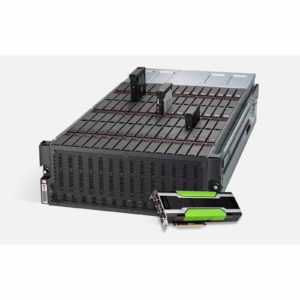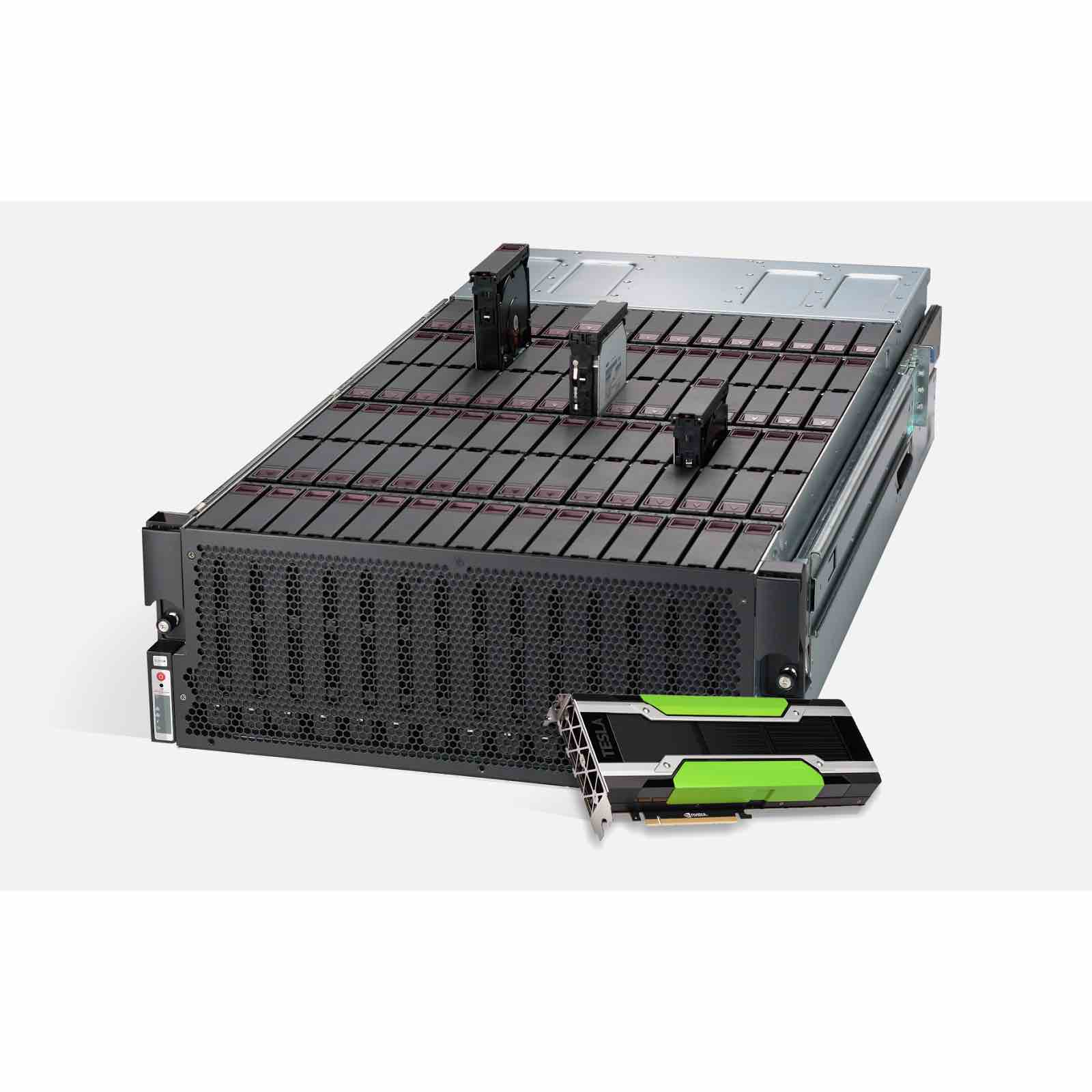 At SC17 last week, Nyriad Limited demonstrated their company’s first commercial product, Nsulate, a GPU-accelerated storage solution that enables increased storage resilience while reducing the storage power requirements by over 50 percent.
At SC17 last week, Nyriad Limited demonstrated their company’s first commercial product, Nsulate, a GPU-accelerated storage solution that enables increased storage resilience while reducing the storage power requirements by over 50 percent.
“RAID was standardized in 1993 in an era of single-core computing. For exascale computing, RAID is obsolete and an obstacle to higher performance and resilience. NSULATE revolutionizes the role of the storage controller by replacing a fixed-function RAID controller with a powerful general-purpose GPU. Using a GPU as a storage controller inserts an enormous amount of general purpose processing power directly into the storage pipeline, enabling modern HPC storage appliances to deliver unprecedented speed, scale, security, storage efficiency and intelligence in real-time.”
As the first commercial spin-out from the SKA project, Nyriad Limited has been partnering with the International Centre of Radio Astronomy Research (ICRAR) to design, develop and deploy a ‘Science Data Processing’ (SDP) operating system for the SKA-Low precursor telescope, the Murchison Widefield Array (MWA).
ICRAR are engaged in several aspects of the preconstruction phase for the SKA program, including research, software engineering and data intensive astronomy, and are collaborating with Nyriad on developing a GPU-accelerated OS architecture for next-generation supercomputers. This new OS will eliminate the need for dedicated storage infrastructure while dramatically reducing power consumption and infrastructure costs. It will increase performance by using the GPUs traditionally dedicated to data processing alone to also perform the storage-processing functions for the supercomputer, thereby keeping the storage very close to the computing nodes. Nyriad is further collaborating with ICRAR on GPU-accelerating their Daliuge™ graph processing framework to analyse vast streams of radio antennae data in real-time.




